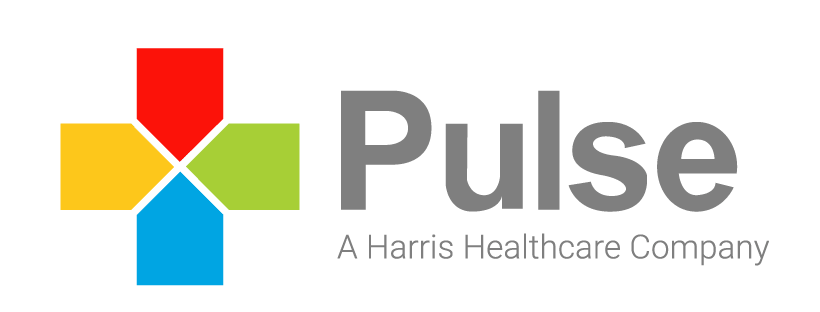What’s Keeping Your Doc Up at Night? Administrative Burdens Are Taking a Toll
Increasing pressures related to charting, revenue performance, and compliance are contributing to physician burnout. Here, find three strategies for relieving administrative stressors.
For every hour spent providing care, family practice physicians spend two hours on administrative tasks, according to the American Academy of Family Physicians. Meanwhile, 86 percent of physicians say their regulatory burden—including tasks related to prior authorization and Quality Payment Program requirements—increased from 2017 to 2018.
These statistics should be startling, yet they come as no surprise to those who work in today’s healthcare landscape. As the administrative burden increases for care providers, they find their work gives them less joy. And while the level of administrative stress varies by specialty, at least one in three physicians say they are experiencing feelings of burnout. In some specialties, nearly one in two physicians feel physical impacts of stress.
How can practice leaders help physicians find more satisfaction in their work? Our experience points to three administrative strategies that can help restore contentment.
Strategy No. 1: Automate prior authorization
Prior authorization requirements area major burden for physicians practices, an American Medical Association(AMA) survey found. Ninety percent of physicians say the administrative burden related to prior authorization has increased in the past years—delaying even routine orders for prescriptions. According to the AMA, the average physician practice spends 14.6 hours per week processing prior authorization requests.
How can practice leaders decrease the administrative burden of prior authorization requests? One approach is to automate prior authorization with the use of electronic prior authorization (ePA) technology. It’s a strategy recommended by the AMA for streamlining approvals for medications in particular. It’s also a money saver for physician practices: While manual prior authorization processes cost $5.75 per request and take 14 to 20 minutes each, ePA could save providers up to nine minutes per request, the 2018 CAQH index found.
Strategy No. 2: Lessen the impact of MACRA reporting requirements
Eighty-eight percent of physicians say MACRA, the federal Quality Payment Program, is very burdensome or extremely burdensome, an MGMA survey found. Sixty-seven percent are dissatisfied or very dissatisfied with the reporting requirements for the Merit-Based Incentive Payment System (MIPS) track of MACRA. Meanwhile, 38 percent of physicians don’t understand how they are evaluated for quality under MIPS, and 64 percent are dissatisfied or very dissatisfied with the performance feedback they receive through MIPS.
We’re well underway with the third year of this program, and there is still a great deal of confusion around MACRA among physicians. This adds to the pressures physicians feel as well as their perception of the complexity of this program.
Action steps practice leaders can take to help set their physicians up for success under MACRA while reducing administrative fatigue include the following:
Offer more education around MACRA performance evaluations. Make sure physicians are aware of the quality reporting measures that are being evaluated under MACRA Year 3, and share performance with physicians each month—as a group as well as individually. Analyze early performance data to identify physicians who may need assistance in meeting specific quality requirements, and determine whether staff assistance—such as help from a medical assistant, front-office personnel, or a case manager—is needed to bring performance on track.
Consider workflow adjustments for better MACRA Year 3 performance. Practices may find that the workflows that worked well in Year 1 and Year 2 may no longer be efficient in Year 3. Our experience shows that some practices are hesitant to change their MACRA workflows because MACRA was implemented on a“building block” approach (i.e., Phase I, Phase II, Phase III). They fear that doing so will put them out of sync with MACRA requirements for participation. It’s important to understand that it’s OK to adjust MACRA workflows to achieve outcomes more efficiently or effectively. Doing so could ease the administrative burden for physicians while providing greater value for the patients served.
Strategy No. 3: Integrate automated coding assistance
One of the biggest coding challenges physician practices face is undercoded claims. This occurs when physicians select codes that do not fully reflect the intensity of the work performed—typically out of fear that the claim will be denied. Automated tools provide physicians with cognitive computing support that helps match the proper medical codes with the right patient within seconds, increasing clean claim rates. The most advanced tools are not only are fluent in all coding guidelines, but also the latest insurer requirements,which helps ensure submitted claims are accurate and more likely to be accepted on the first pass.
By taking the time to focus on eliminating top stressors for physicians, practice leaders can not only help to restore joy in work for physicians, but also reduce administrative costs and improve financial performance.
